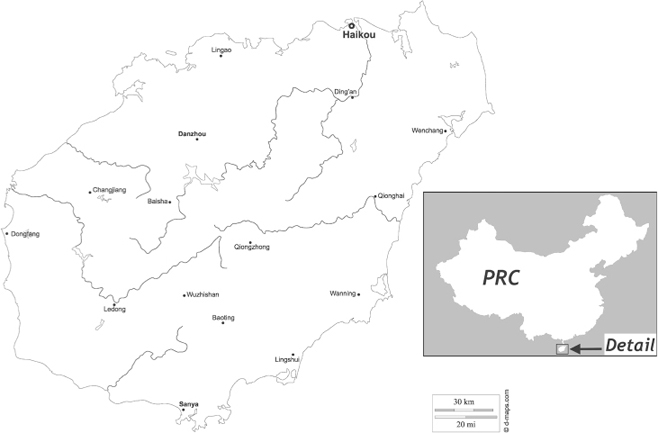

This map indicates the major cities and towns of Hainan island, with an inset of the People’s Republic of China (PRC) indicated to show Hainan’s location off China’s southern coast (source: D-Maps.com, used with permission. http://www.d-maps.com/carte.php?num_car=21221&lang=en; http://www.d-maps.com/m/asia/china/chine/chine49.pdf).
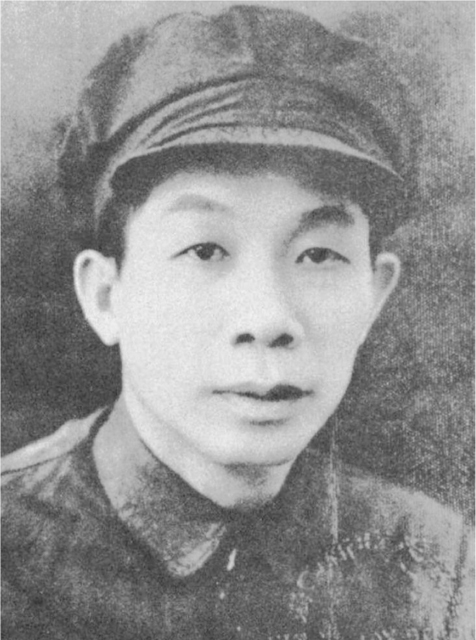
Feng Baiju (1903–1973) in 1950, shortly after the Communist victory on Hainan (author’s collection).
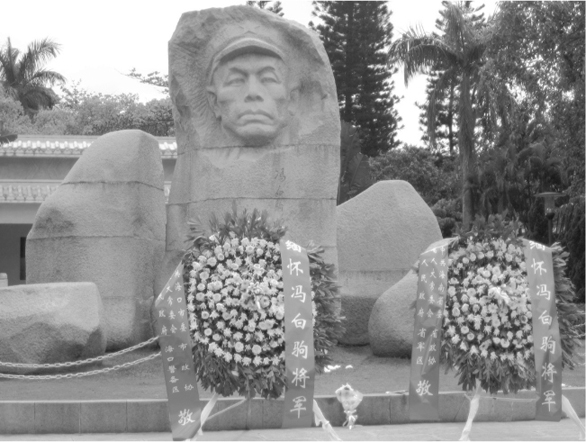
Feng Baiju Memorial Pavilion in Haikou, Hainan on the Qingming Festival, 2008 (author’s collection).
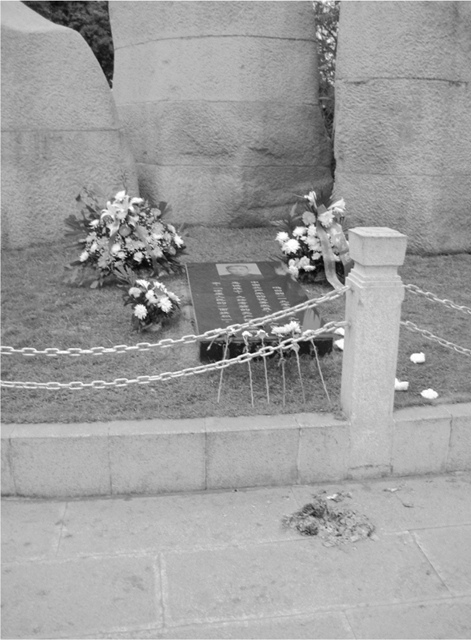
Feng Baiju Memorial Pavilion in Haikou, Hainan on the Qingming Festival, 2008, with paper money burned at graveside (author’s collection).
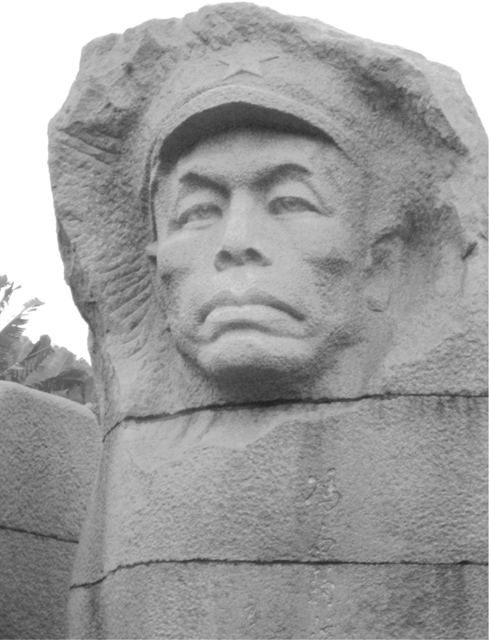
Feng Baiju Memorial Pavilion in Haikou, Hainan (author’s collection).
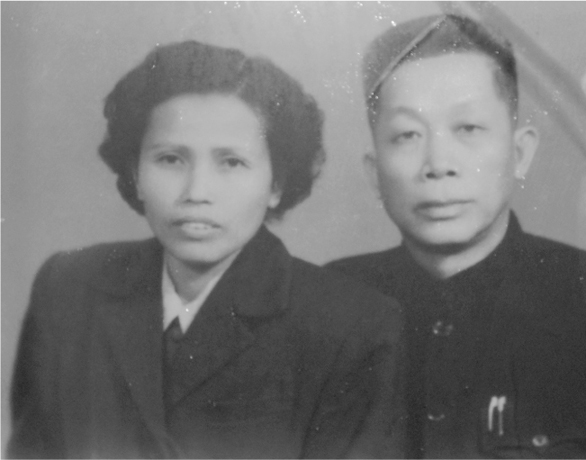
Feng Baiju pictured with his wife, Zeng Huiyu, in 1956 (author’s collection).
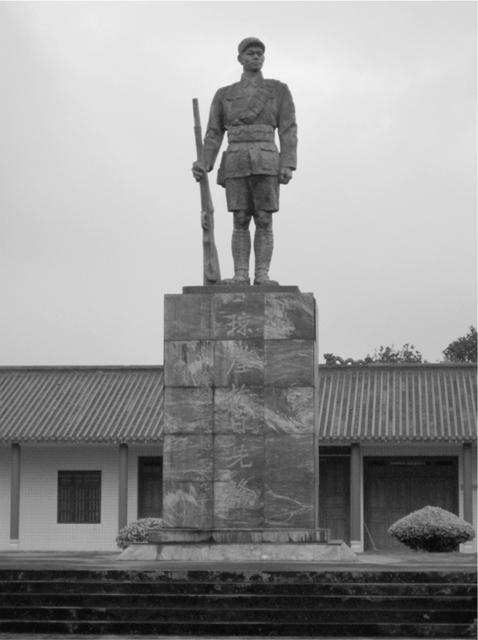
The monument commemorating the Yunlong Reorganization (gaibian) of 1938, which established the Second United Front between the Nationalists and Communists on Hainan (author’s collection).
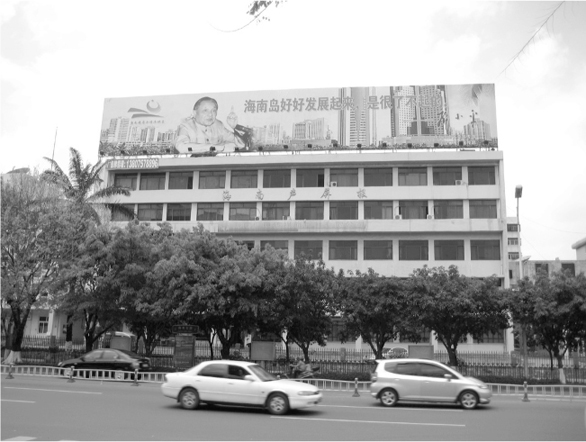
A 2008 billboard commemorating the twentieth anniversary of Hainan becoming a province in 1988, featuring former paramount leader of China, Deng Xiaoping, and a quote reading, “Hainan’s development is extraordinary” (author’s collection).
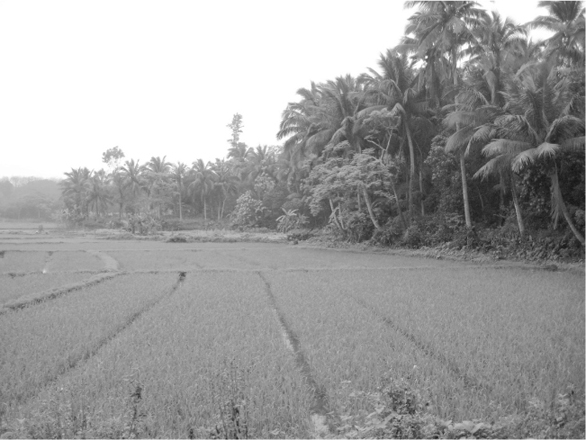
Rice paddies in a northern Hainan coastal village (author’s collection).
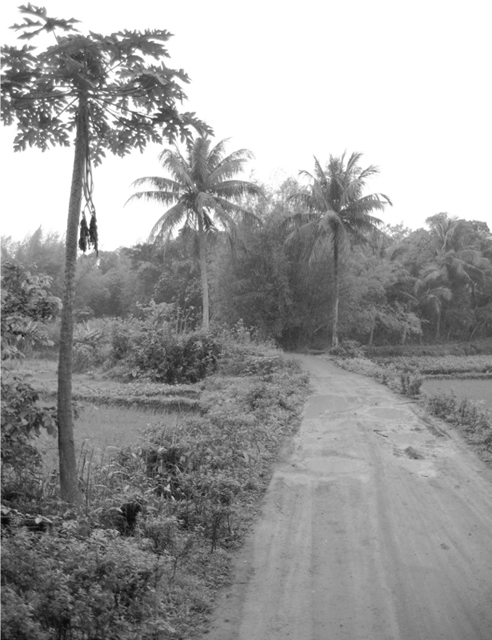
A country road in northern coastal Hainan (author’s collection).
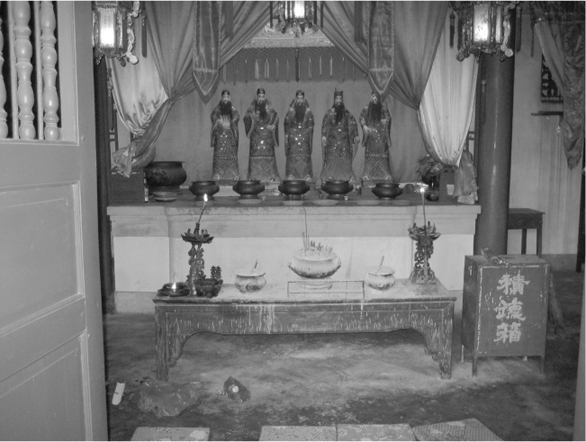
Shrine at the “Five Ministers Temple” or “Temple of the Five Lords” in Haikou, Hainan. The shrine honors five officials who were banished to the island in different periods of Chinese imperial history, and include Li Yude (787–850) of the Tang; and Li Gang (1083–1140), Li Guang (1078–1159), Zhao Ding (1085–1147), and Hu Quan (1102–1180) of the Song. While their banishment was a result of perceived crimes against the realm, in Hainan they have been celebrated as heroes, and essentially adopted as local sons. Su Dongpo (Su Shi) is a sixth very prominent official who was also banished to Hainan. He is remembered for his poetry and other writings (author’s collection).
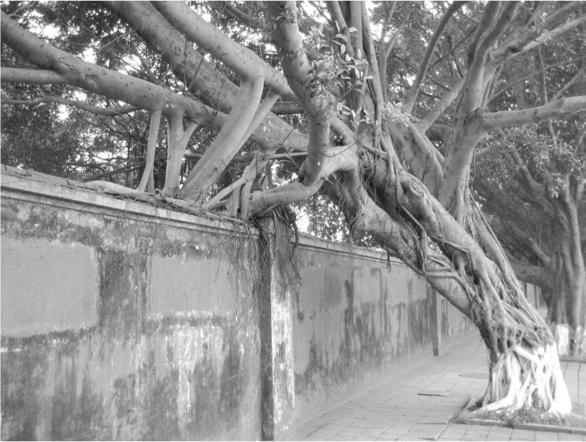
A banyan tree makes its way over the wall of the “Five Ministers Temple” in Haikou, Hainan (author’s collection).
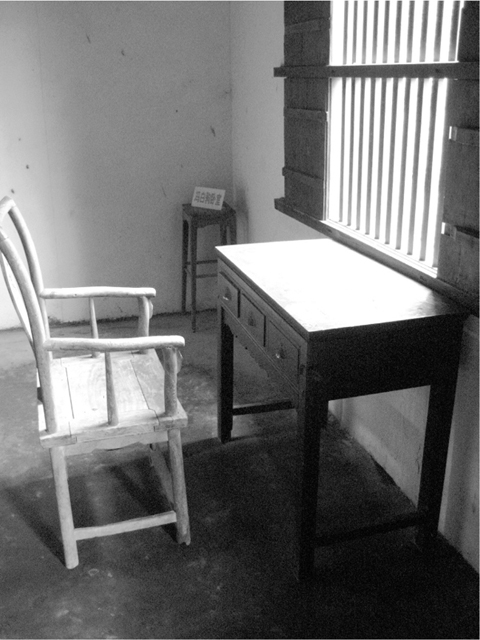
Feng Baiju’s writing desk, at his ancestral home in Changtai Village, Hainan (author’s collection).
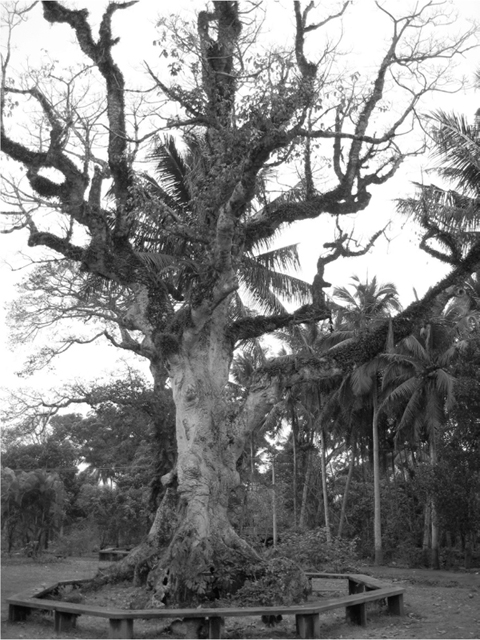
An ancient Antiaris toxicaria tree at the ancestral home of Feng Baiju in Changtai Village, Hainan. The tree is said to possess poisonous qualities, and its sap is used on poisoned weapons in hunting and warfare (author’s collection).
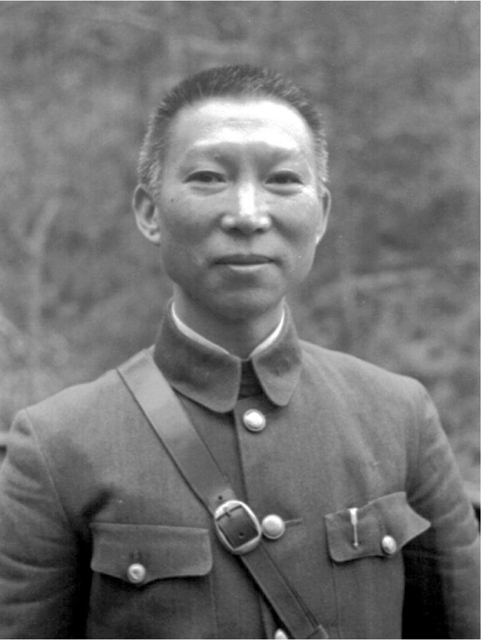
Xue Yue (Hsueh Yueh, 1896–1998), tasked with the last ditch defense of Hainan by the Nationalists in 1949–1950 (author’s collection).
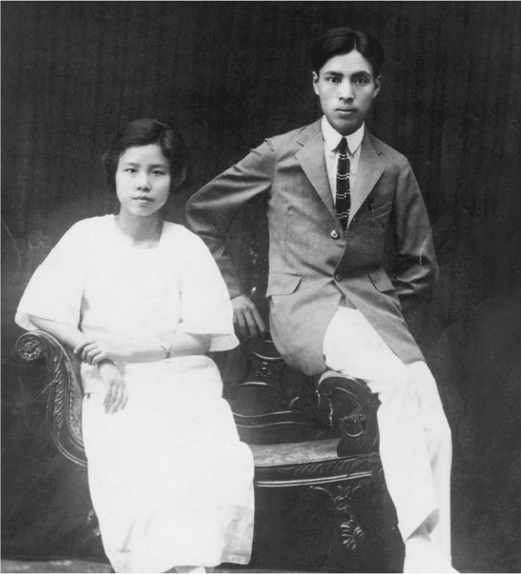
Li Shuoxun (1903–1931) pictured with his wife, Zhao Juntao (author’s collection).
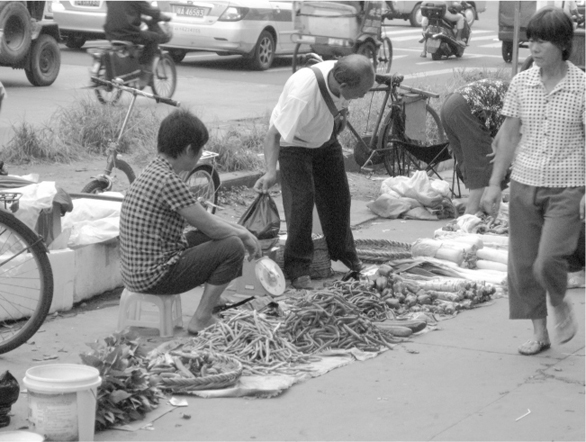
Vegetable vendors on the street in Haikou, Hainan. Hainan’s economy is still more agriculturally driven than any other Chinese province (author’s collection).
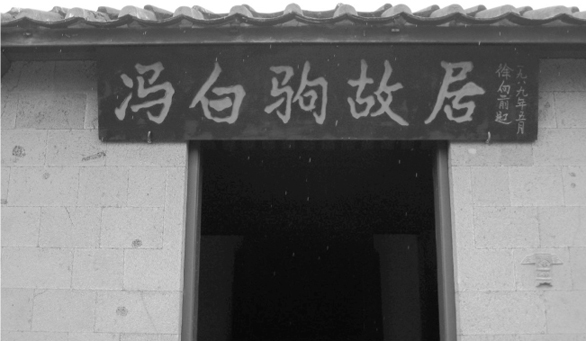
The memorial placard at Feng Baiju’s ancestral home, featuring commemorative calligraphy by General Xu Xiangqian, installed in May of 1989. Xu was one of China’s storied “Ten Marshalls” (author’s collection).
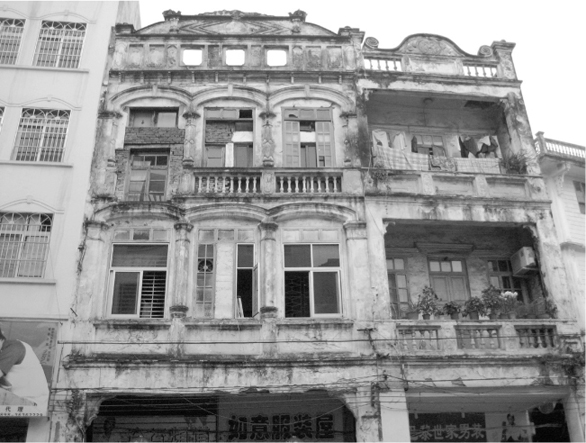
Some of Haikou’s architecture from the early twentieth century was influenced by colonial styles found in French Indochina, British Burma and Malaysia, and the US-dominated Philippines. Hainanese workers traveled to these regions and returned home to build houses in the styles that they encountered in these colonies (author’s collection).
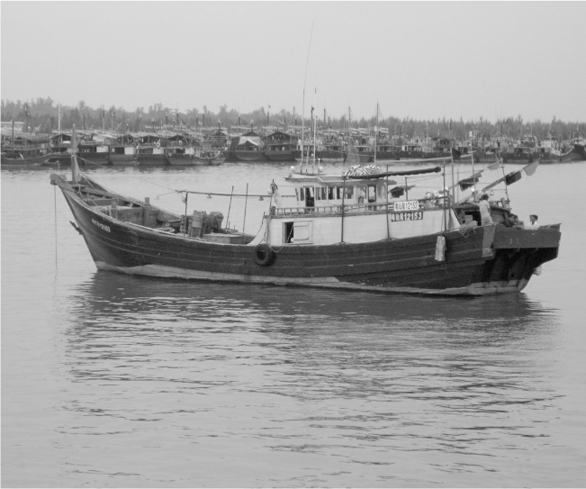
A fishing boat in Wenchang, Hainan. Fishing has long been a livelihood of thousands of coastal Hainanese, and today the waters of the region have taken on major geopolitical importance through conflicting maritime sovereignty claims, adding risk and complication to their work (author’s collection).
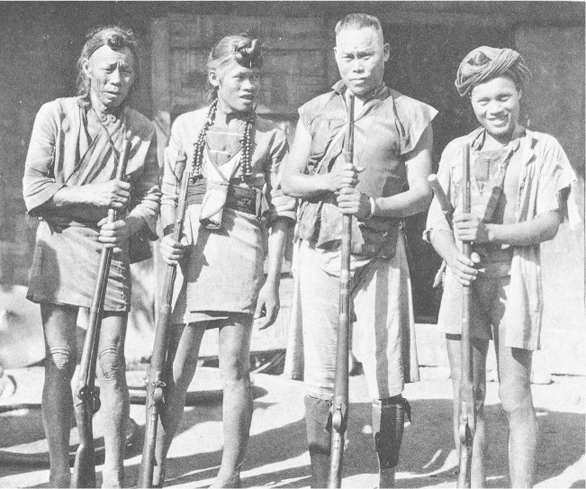
Li men pose for a photograph published in The Li Tribes of Hainan Island (Die Listämme der insel Hainan) by Hans Stübel (Berlin: Klinkhardt and Beirmann, 1937. Reprinted with permission from publisher Klinkhardt and Biermann).
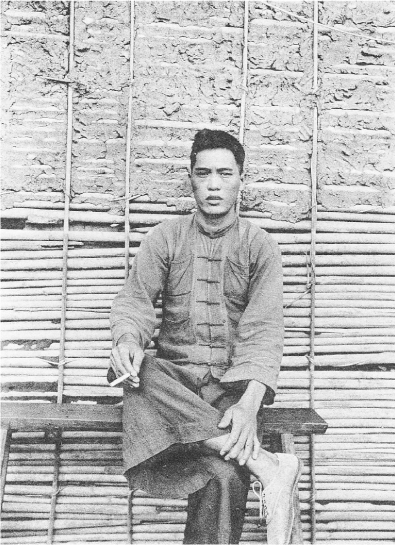
A Li man poses for a photograph published in The Li Tribes of Hainan Island (Die Listämme der insel Hainan) by Hans Stübel (Berlin: Klinkhardt and Beirmann, 1937). This image shows a Li man who has assimilated into the local Han Chinese community, at least in dress (reprinted with permission from publisher Klinkhardt and Biermann).
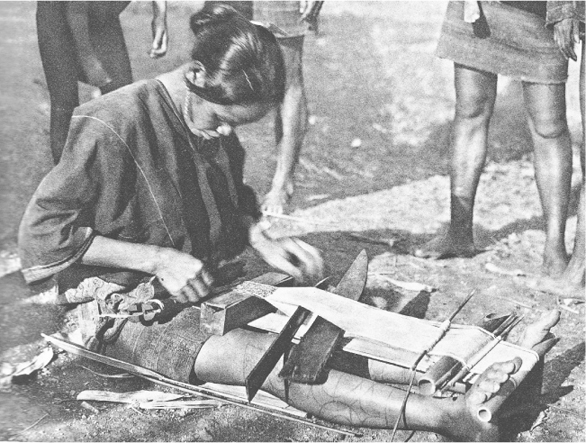
A Li woman weaves in a photograph published in The Li Tribes of Hainan Island (Die Listämme der insel Hainan) by Hans Stübel (Berlin: Klinkhardt and Beirmann, 1937. Reprinted with permission from publisher Klinkhardt and Biermann).
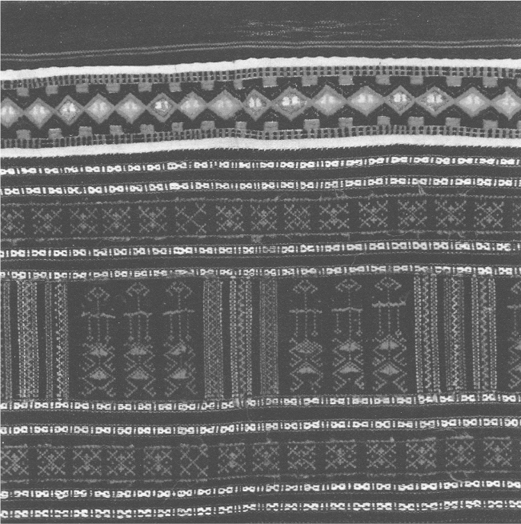
An example of Li weavings, published in The Li Tribes of Hainan Island (Die Listämme der insel Hainan) by Hans Stübel (Berlin: Klinkhardt and Beirmann, 1937. Reprinted with permission from publisher Klinkhardt and Biermann).
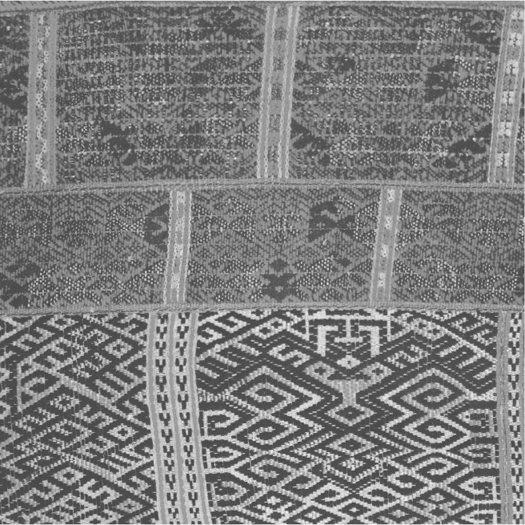
An example of Li weavings, published in The Li Tribes of Hainan Island (Die Listämme der insel Hainan) by Hans Stübel (Berlin: Klinkhardt and Beirmann, 1937. Reprinted with permission from publisher Klinkhardt and Biermann).
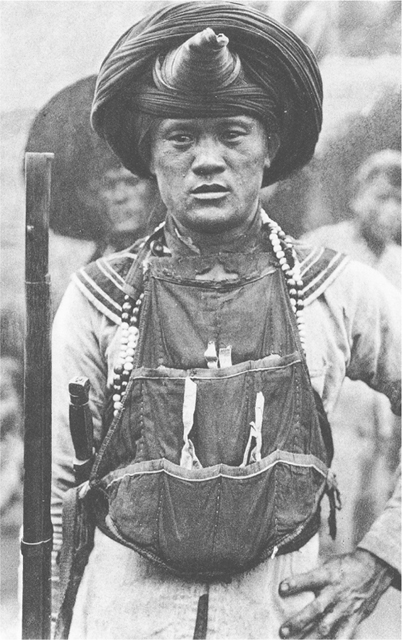
A Li man poses for a photograph published in The Li Tribes of Hainan Island (Die Listämme der insel Hainan) by Hans Stübel (Berlin: Klinkhardt and Beirmann, 1937. Reprinted with permission from publisher Klinkhardt and Biermann).
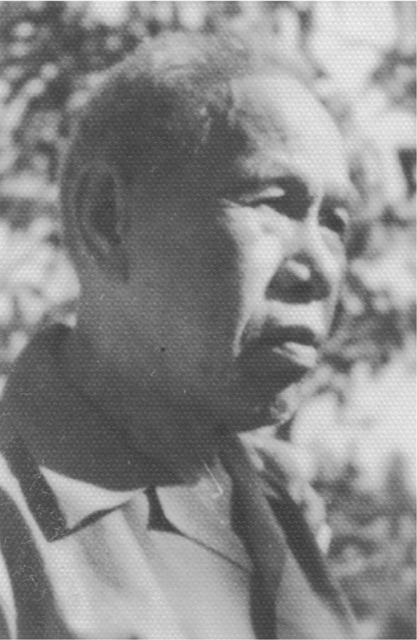
Wang Guoxing (1894–1975), a prominent Li leader and main organizer of the Baisha Uprising, 1943 (author’s collection).
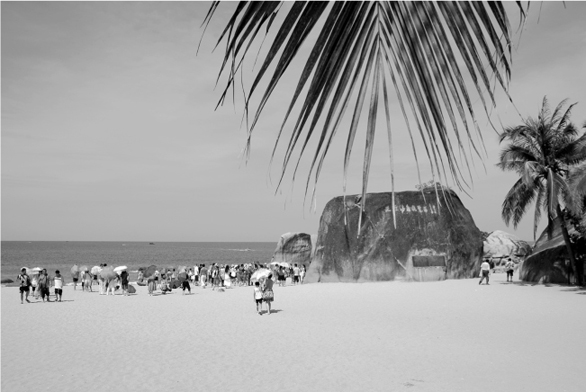
Tianya Haijiao or “the ends of the earth” (literally, “edge of heaven, corner of the sea”) is a popular tourist destination in southern Hainan representing both the remoteness and the natural beauty of the island (source: Wikimedia Commons, public domain, Accessed May 1, 2016. https://en.wikipedia.org/wiki/Tianya_Haijiao).